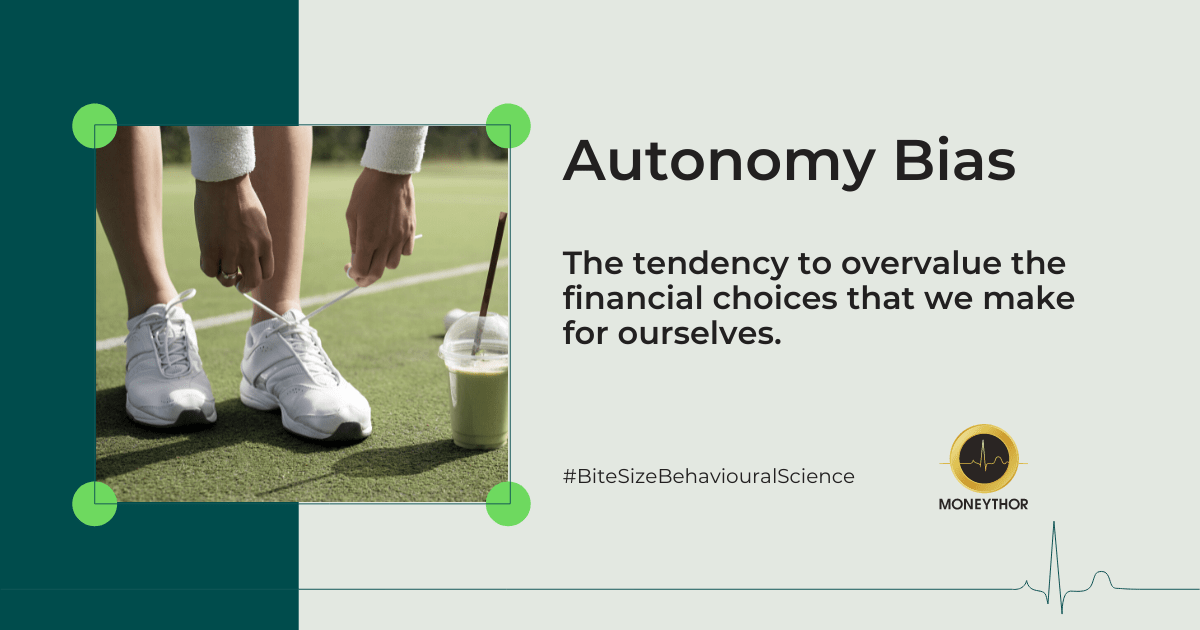What is autonomy bias?
Do you find yourself ignoring advice and recommendations even when they might be in your best interest? You might be experiencing autonomy bias. This cognitive bias makes us place too much value on our own opinions and preferences, leading us to ignore outside information that could help us make better decisions. In banking, autonomy bias is the tendency of individuals to overestimate their ability to control their own financial future and decisions, leading them to disregard potential external factors that could impact their financial well-being. This bias can cause people to take on more financial risk than they can handle and can lead to poor financial planning and decision-making.
Why does it happen?
Autonomy bias is the natural result of our want for independence in our rational decision making. We all want to feel in charge of our decisions and want to believe they are uninfluenced by others – it is human nature. Thus, when presented with choices we may become resistant to choices suggested by others, believing them to be an attempt at controlling us and our decisions. Financial decisions can be particularly challenging, as they often involve complex information and trade-offs. Autonomy bias can cause us to stick to our own limited understanding, even when it’s not in our best financial interest (Johnson & al., 2012).
Imagine a person who has a savings goal of $10,000 for the year. They set up a recurring transfer from their salary into a savings account and plan to leave the money untouched until the end of the year. However, unexpected expenses come up and they dip into the savings account throughout the year, spending more than they had planned.
Here, the person’s autonomy bias may have influenced their behaviour. They set up the recurring transfer and made a plan to save, but when unexpected expenses arose, they didn’t adjust their plan to fit the new circumstances. Instead, they continued to spend from the savings account as if nothing had changed.
In what ways can financial institutions utilise autonomy bias to facilitate improved personal financial management?
Financial institutions can harness this effect by reframing services as tools for empowerment. For example, instead of simply suggesting a savings account with a high interest rate, a bank could provide money management tools including a savings calculator that lets customers set their own goals and see how different savings options would affect their progress.
Or, instead of prescribing a specific investment portfolio, a bank could provide an investment platform that allows customers to build their own customised portfolio based on their goals, interests and priorities. By using interactive and personalised tools that present different choices equally, customers can feel as if they are more in charge of their own finances.
Conclusion
Autonomy bias in banking can be a double-edged sword when it comes to personal financial management. On one hand, it can cause us to ignore valuable advice and make suboptimal financial decisions. On the other hand, by harnessing the effect of autonomy bias, banks can empower customers to make more informed and personalised financial decisions (Thaler & Sunstein, 2008).
By giving customers the tools and information, they need to explore their options and make decisions that align with their values, banks can help their customers achieve their financial goals while feeling confident and in control. So, next time you’re making a financial decision, remember that autonomy is important, but so is seeking outside advice and exploring all your options.

